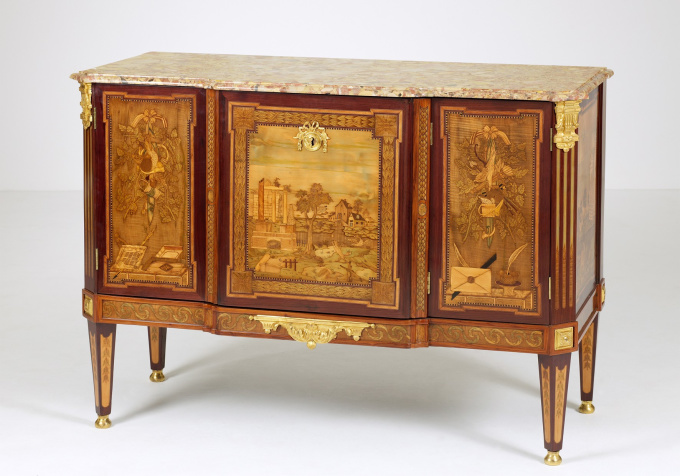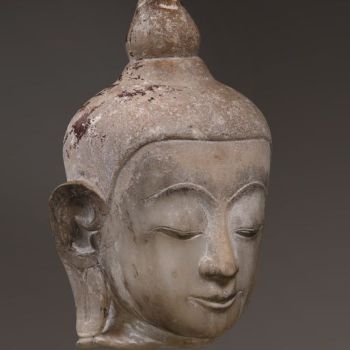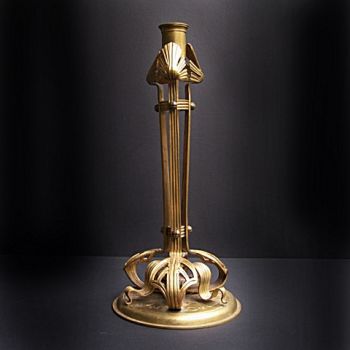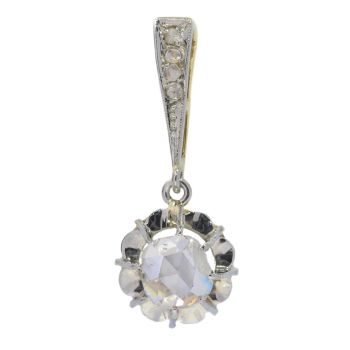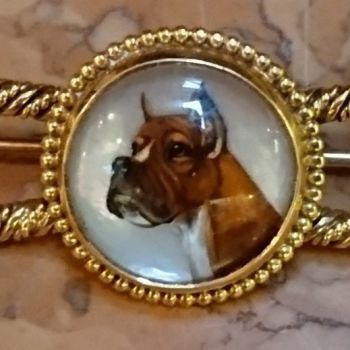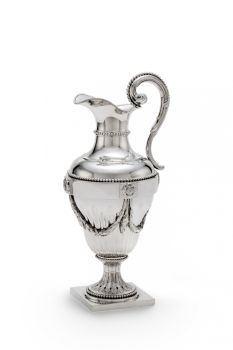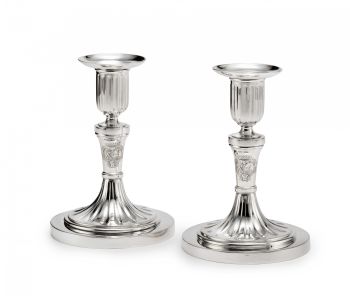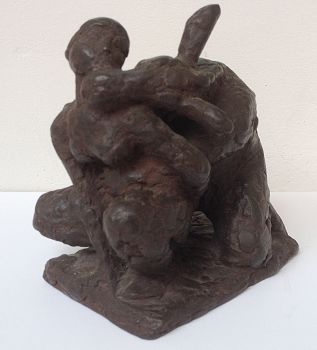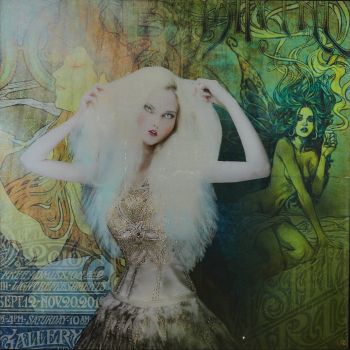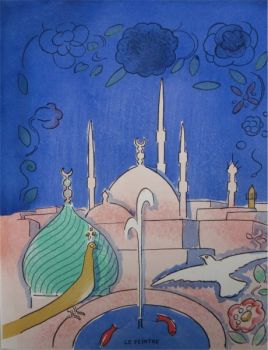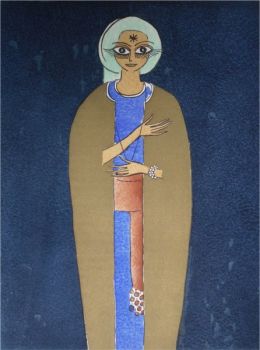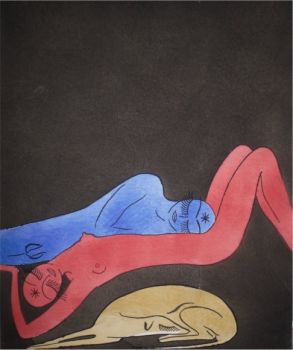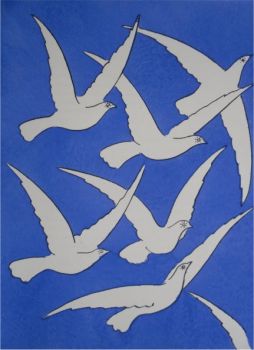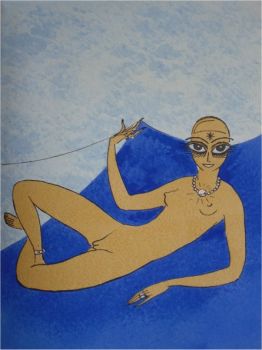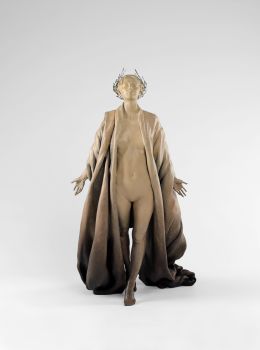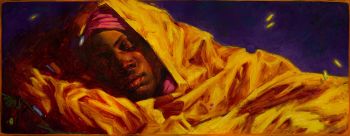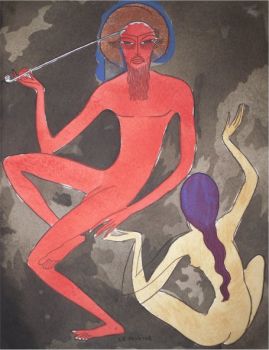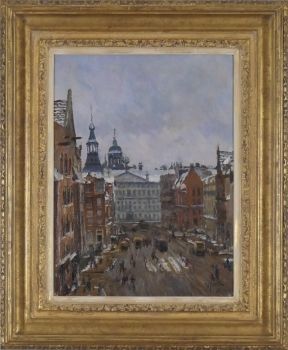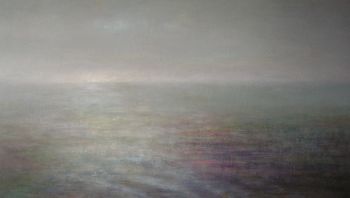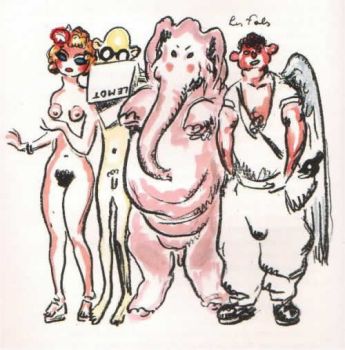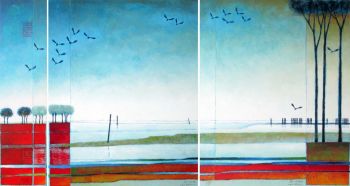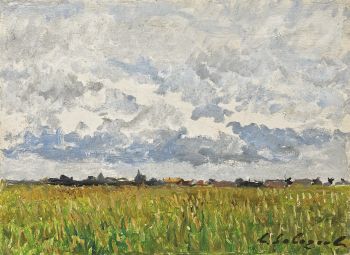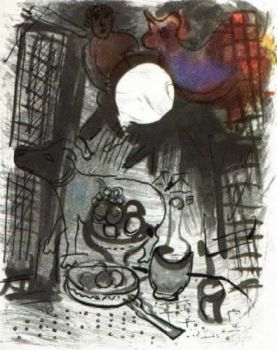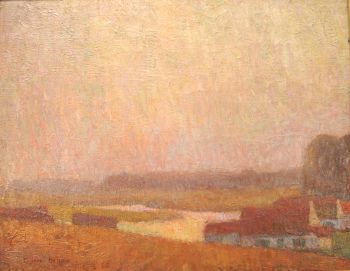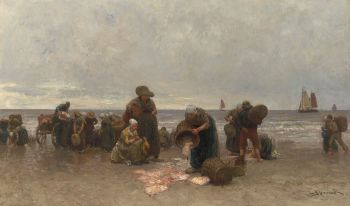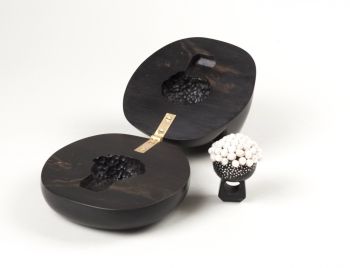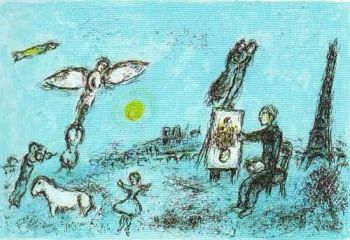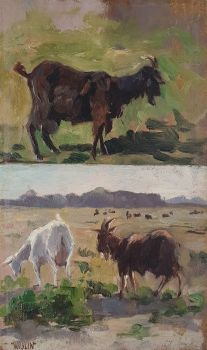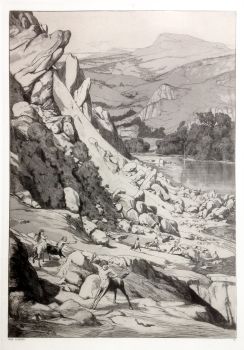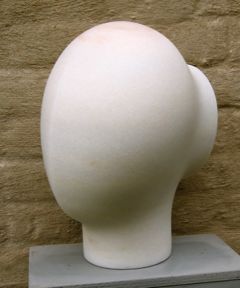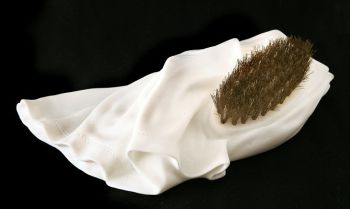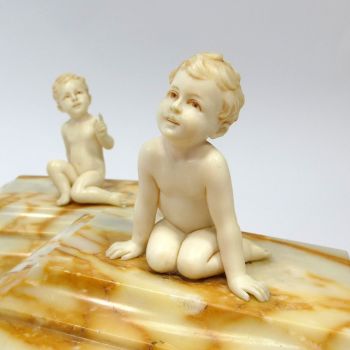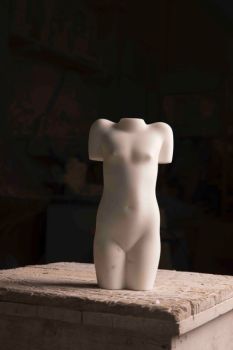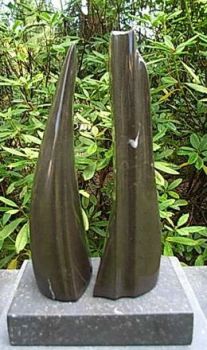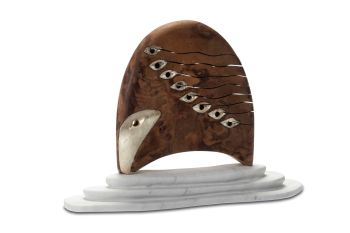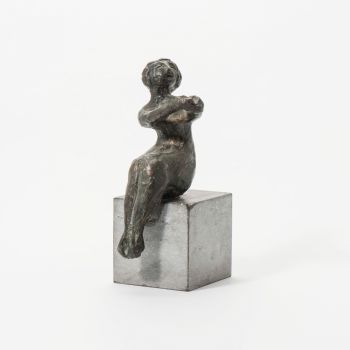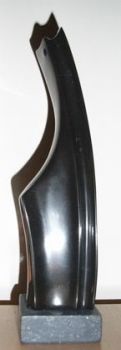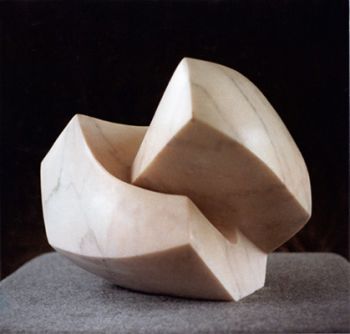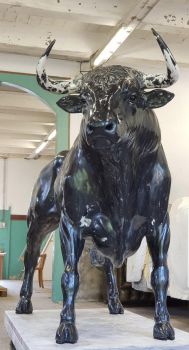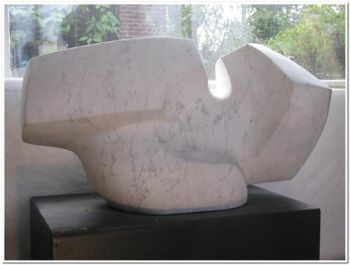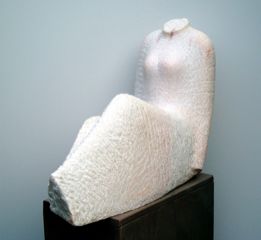Cômoda Luís XVI holandesa 1775
Artista Desconhecido
ÉbanoMármorePedraMadeiraAmarantoOuroDouradoGemstone
91 ⨯ 129 ⨯ 60 cm
Atualmente indisponível via Gallerease
- Sobre arteThe commode was manufactured in the Louis XVI style. This piece of furniture has diagonally placed front styles and stands on tapered legs with button feet. The legs are decorated with small, also tapered fields with a motif of hanging flower buds. Above the legs are the styles decorated with faux flutes of lemon wood and bois teinté with narrow bands of ebony and boxwood. The diagonal corners-styles wear ormolu corner fittings in the form of a main frame, decorated with a garland of flowers.
The front of the chest shows a profiled projecting middle part, so a three-way division occurs with a wide middle flanked by two slightly smaller portions. The sides of the chest are flat.
The lower line shows on three sides between bands of rosewood a wide brim which is decorated with acanthus leaf in current-cat or wave motif. A gilt bronze skirt with a straight top, acanthus leaf and fluted consoles is installed in the centre. Although the front shows a trichotomy, the chest contains only two doors. Left a small door, right a wide door with hinges on two points: between the middle and the right side, and the far right. On the left of the door is the lock with a round ormolu key plate, hanging from a bow with hanging tassels. This part of the door shows left and right slightly concave curved frames, decorated with marquetry of an oval and a diamond motif hooked together against a backdrop of bois teinté. The decoration is surrounded by narrow bands of palm and ebony and encased in an edge of rosewood. The left list functions as a stroke list.
The interior contains a swiveled shelf, as in several Dutch chests - which may also have been used as a buffet - is found. On the bottom shelf one could put a basin with high a high ewer.
The chest is decorated with five fields marquetry work. All fields or "panels" are surrounded by bands of boxwood, ebony and sycamore with protruding corners. The middle field on the front is also enclosed in a border of cross entwined with laurel leaf rosettes in the salient angles. The edge is surrounded by rushes of palm, ebony and sycamore wood.
The panels on the left and right at the front were made after prints, Les trophees de Chasse, published in 1776 by Tardieu after a design of Charles Delafosse. - Sobre artista
Pode acontecer que um artista ou criador seja desconhecido.
Algumas obras não devem ser determinadas por quem são feitas ou são feitas por (um grupo de) artesãos. Exemplos são estátuas dos tempos antigos, móveis, espelhos ou assinaturas que não são claras ou legíveis, mas também algumas obras não são assinadas.
Além disso, você pode encontrar a seguinte descrição:
•"Atribuído a …." Na opinião deles, provavelmente uma obra do artista, pelo menos em parte
• “Estúdio de…” ou “Oficina de” Em sua opinião um trabalho executado no estúdio ou oficina do artista, possivelmente sob sua supervisão
• "Círculo de ..." Na opinião deles, uma obra da época do artista mostrando sua influência, intimamente associada ao artista, mas não necessariamente seu aluno
•“Estilo de…” ou “Seguidor de…” Na opinião deles, um trabalho executado no estilo do artista, mas não necessariamente por um aluno; pode ser contemporâneo ou quase contemporâneo
• "Maneira de ..." Na opinião deles, uma obra no estilo do artista, mas de data posterior
•"Depois …." Na opinião deles uma cópia (de qualquer data) de uma obra do artista
• “Assinado…”, “Datado…” ou “Inscrito” Na opinião deles, a obra foi assinada/datada/inscrita pelo artista. A adição de um ponto de interrogação indica um elemento de dúvida
• "Com assinatura ….”, “Com data ….”, “Com inscrição ….” ou “Tem assinatura/data/inscrição” na opinião deles a assinatura/data/inscrição foi adicionada por outra pessoa que não o artista
Artwork details
Related artworks
- 1 - 4 / 12
- 1 - 4 / 7
Artista Desconhecido
UM MODELO JAPONÊS DE UM NORIMONO, UM PALANQUIM1650 - 1700
Preço em pedidoZebregs & Röell - Fine Art - Antiques
1 - 4 / 24- 1 - 4 / 24
- 1 - 4 / 24

